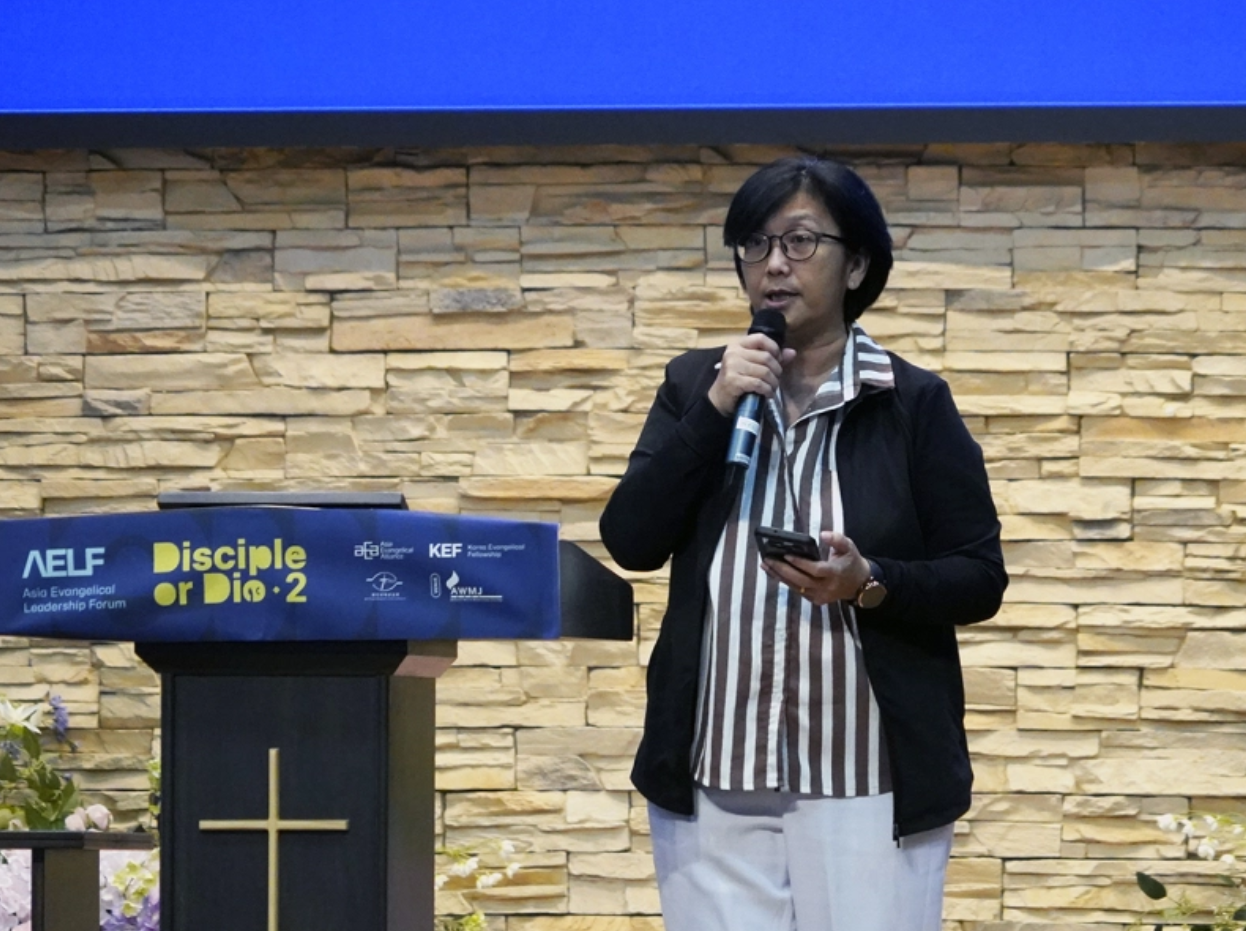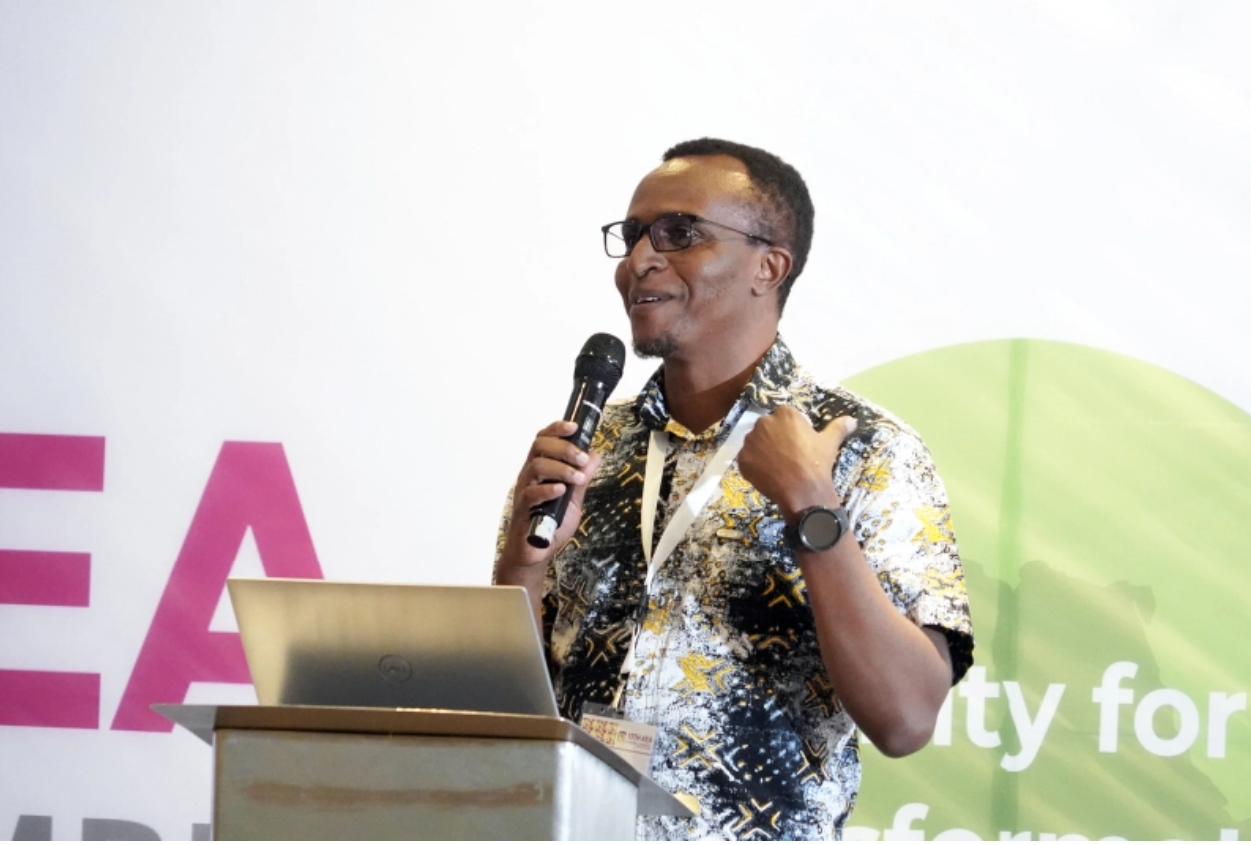Overshadowed by the catastrophic destruction of the Kakhovka dam in Ukraine, a huge step was taken this week by ministers of EU members towards agreement on how to handle the millions of those trying to find safety in Europe.
While many of us may be happy to leave such matters up to the politicians, migration, hospitality and human rights are all issues of biblical concern touching on loving our neighbours.
The deal will potentially shape Europe’s asylum systems for the foreseeable future.
The current migration rules are basically that migrants must be granted asylum in the first EU country they reach. Obviously, however, the load is greatest on those countries on the European border.
Eastern and Central Europeans simply wanted as few migrants as possible.
The agreement ministers reached this week keep the basic rule, but when member states are over their capacity, other member states can be obliged to take over migrants.
Capacity is calculated on the basis of GDP and population size.
Earlier efforts to agree on common policy failed in 2015 when over a million refugees landed on Europe’s Mediterranean shores, most fleeing the civil war in Syria.
After years of bitter arguments over immigration and asylum rules, Thursday’s majority agreement was described as ‘historic’ by the Swedish immigration minister who chaired the talks in Luxembourg.
Sweden holds the rotating presidency of the EU until the end of this month when Spain will take the baton.
Crucial for the agreement was a last-hour endorsement from Italy, which, along with Greece and Malta, receives the brunt of the migrants fleeing northwards from North Africa.
Those countries were demanding ‘mandatory relocation’ of migrants to other EU countries, to share more fairly the load.
The deal requires countries to either accept a certain number of asylum seekers or pay a €20,000 financial contribution for each migrant that a member state says it cannot host.
Payments will go into a common EU fund to finance projects in non-EU countries addressing root causes of migration.
Also, asylum procedures should be dealt with at the European border in a matter of 12 weeks, compared to the 15-month timeline initially proposed.
If the application is unsuccessful, the asylum seekers should be repatriated instantly.
The ‘solid qualified majority’ agreement came when the definition of “safe” countries to which unsuccessful applicants may be sent was left to the individual countries to decide.
There must be a “connection” between the rejected asylum seeker and the “safe third country”, according to the draft protocol. That means the migrant must have “stayed” or “settled” in that country or have family members living there.
For Germany, at the forefront for agreement on ‘a solidarity mechanism’ on migration, accepting rapid asylum procedures at the European borders and ‘loose’ definitions of ‘safe’ countries were difficult concessions.
A disappointed German foreign minister explained that such compromise had to be made to prevent giving ‘a free pass’ to “all those who want to raise national walls in Europe again”.
Voting against the compromise would have meant that “a common European asylum policy based on solidarity would be dead for years.”
Hungary, probably the EU member with the strongest anti-migrant stance, predictably opposed the compromise agreement.
Also Poland, which has already hosted more than one million Ukrainian refugees following Russia’s invasion, indicated it would refuse to pay EU “fines” for not taking people.
Within the dynamics of EU processes, the majority decision was widely seen as a major breakthrough towards building trust and cooperation. But, as an Italian official remarked, this was a departure, not an arrival.
The agreement among EU ministers now has to be approved in the European Parliament, where many MEPs are still demanding mandatory relocation.
The end result will not please everyone but we can pray for progress towards more just and humane processes.
To put a human face on the individuals and families affected by such political choices being made, a photography exhibition opened last weekend in Look Up Amsterdam Gallery, featuring the work of photo-journalist Kate Schoenbach and researcher Dr Noemi Mena Montes.
They explore the meaning of home for refugees, through interviews with migrants acoross camps in Greece, Lebanon and Jordan.
The exhibition includes the following quote from a Yemeni refugee: “Home is where my parents are, where my wife is, where my children are, where peace is. Home could be someone, somewhere. Home is where I feel loved, safe, secure.”
Jeff Fountain, Director of the Schuman Centre for European Studies. This article was first published on the author’s blog, Weekly Word.
Originally published on The Evangelical Focus
(c) Evangelical Focus, used with permission




